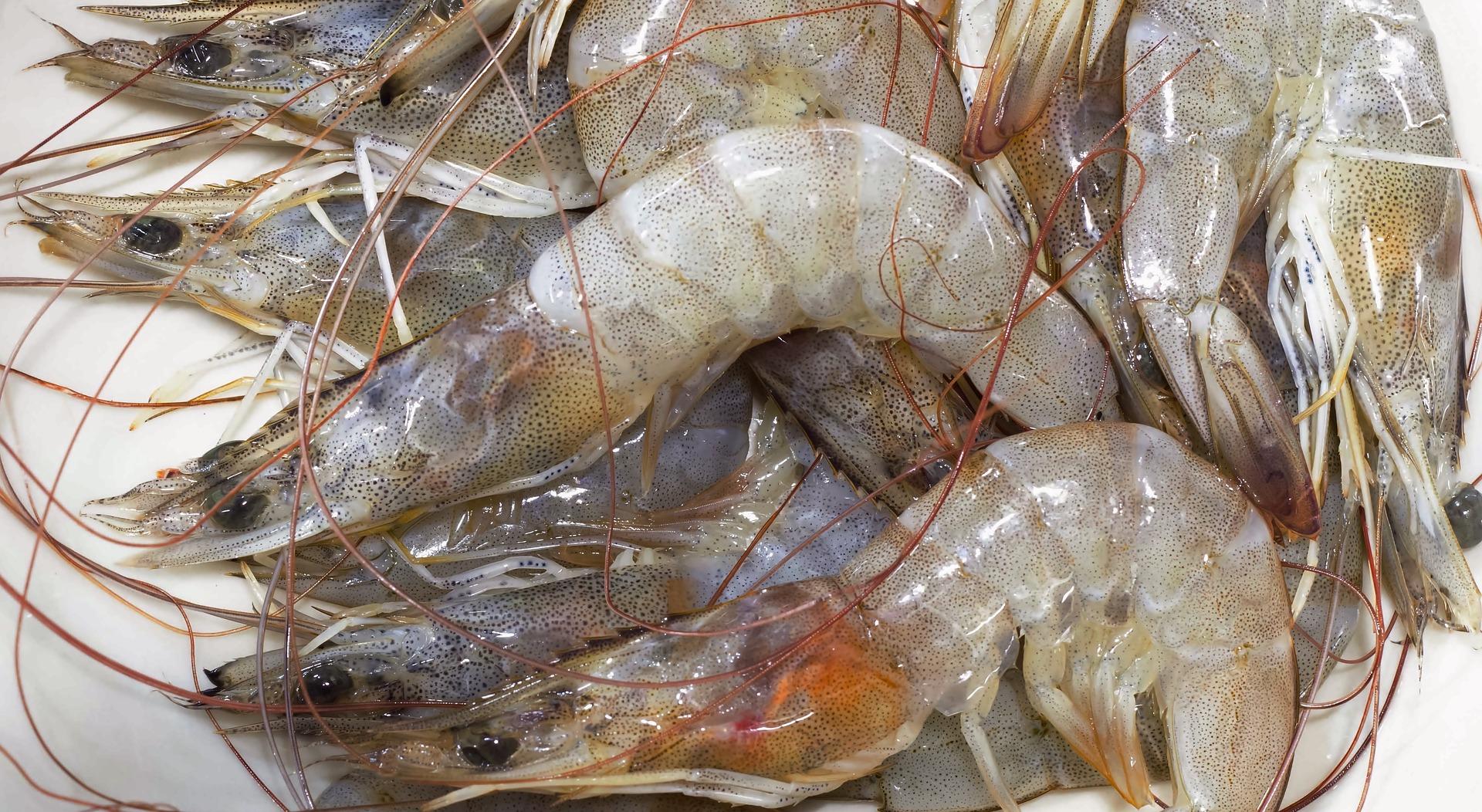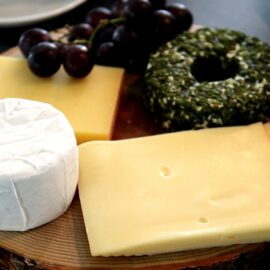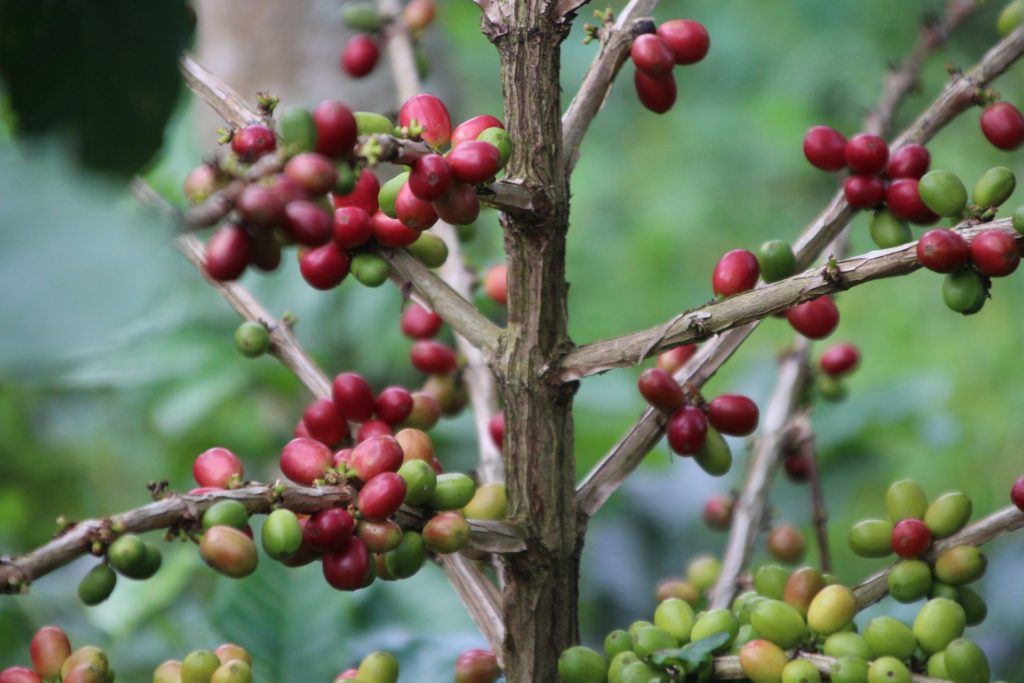
Would you dare try to have a cup of the world’s most expensive coffee from Asia? Why wouldn’t you? The more expensive it is, the better, right? Called kopi luwak (Indonesian word for civet cat), this type of coffee is mainly produced in the forests of Indonesia. The islands of Sulawesi, Bali, Sumatra and Java are particularly known for producing kopi luwak. Another major producer of kopi luwak is the Philippines, located just north of the Sulawesi sea. Locally called kape alamid, kopi luwak is produced in various regions of the country, mainly through farming.
The demand of kopi luwak is steadily increasing. Through social media and the internet, it is not surprising. This is true especially in Europe, where the top consumers of coffee are located, according to Statistica. From a region of high-income earners, Europeans would not mind spending top dollar for a cup. According to Most Expensive Coffee, a cup of kopi luwak can go as high as $100. That’s around Rp 1,454,200 (Indonesian rupiah) or ₱ 4,800 (Philippine peso).
To satisfy the rising demand for this luxury coffee, more producers have to answer the call. Apart from Indonesia and the Philippines, Asian countries, Cambodia, China, and Vietnam now produce kopi luwak. India, one of the largest producers of coffee ventured into the kopi luwak business in 2017.
You may be wondering. What makes it so expensive?
Kopi luwak and Asian palm civet cat
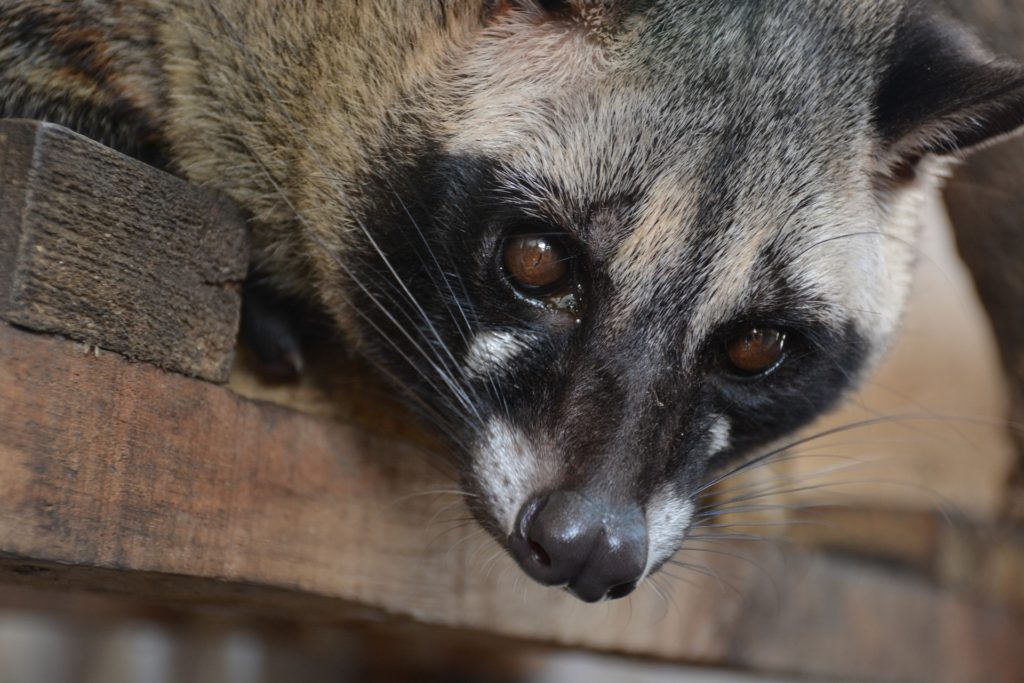
Growing this coffee isn’t the same thing as your regular coffee. With coffee luwak, there is one special creature required to make this coffee—the Asian palm civet cat.
The Asian palm civet cat is a cat-like animal native to South East Asia. It is not really like those domestic cats. Its close relatives include the mongoose. The Asian palm civet cat is a noctural animal— very active during the night and has a plant-based diet. It is particularly fond of consuming coffee cherries. But it is picky when it comes to it. It makes sure the coffee cherry it eats is ripe, fleshy, and flavorful. When digested, these coffee cherries undergo a special fermentation process. The pulp is removed. But the coffee beans are not digestible, and instead are defecated after 24 hours. This process is responsible for the complex, yet unique flavor profile of kopi luwak. The coffee is interestingly low in caffeine and less bitter.
You might also like: What is the Swiss Water Process for Decaffeinating Coffee?
Sounds disgusting to bear the name of being the world’s most expensive coffee from Asia? It is not really, and is perfectly safe to consume. The farmers collect these beans and further processed them. Washed, dried, pounded, and roasted to become the final product—kopi luwak coffee beans.
The limited supply is keeping it to cost an arm and a leg
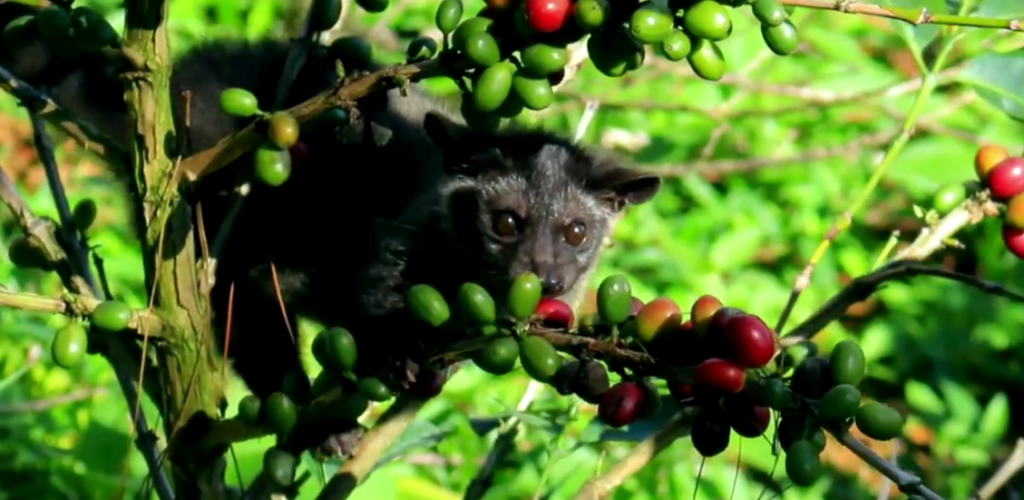
This unique way of production is just one of the reasons for its high price tag. Another is its rarity. We’ve mentioned several Asian countries that produce kopi Luwak. But at a production rate of 50 tons of coffee luwak annually, it is still a long way ahead.
At first, kopi luwak production was done naturally. Civet cats roam freely in the forests of Indonesia. And workers forage the forest for feces of civet cats. But relying with this method would not be able to keep up with the increasing demand. One immediate solution is the establishment of civet farms. In the Philippines, kape alamid is produced by farming on a large scale.
You might also like: How Does Tempering Chocolate Exactly Work?
But kopi luwak produced by caged civet cats usually produce lower quality coffee beans. This is mainly due to the fact that they are no longer able to select quality coffee cherries to eat, as they do in the wild. Because of this, there is a significant gap in the prices between farmed and wild kopi luwak. According to Eleven Coffees, a cup of farmed kopi luwak can go as little as $4 in producing countries like Indonesia. While the cheapest cup of wild kopi luwak is priced at $35. See the wide margin in the prices?
And like expected, these prices go higher outside the country of origin. If you are from places like Indonesia or the Philippines, try to search for kopi luwak at your local supermarket. The price will dictate its quality.
Watch out for fake kopi luwak
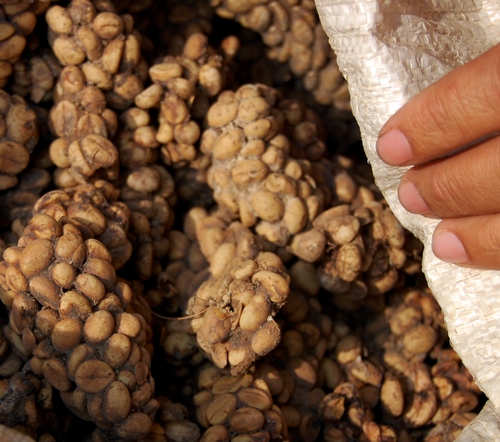
Kopi luwak is another victim food fraud, to no surprise. As you can imagine, wild kopi luwak—ones eaten, digested, and excreted by free-roaming Asian palm civet cat in the forest—is the highly valued here. Many sellers of this luxury coffee have started to have their presence online. And some have ridiculous prices, to say the least. You could find “wild” kopi luwak with prices as high as $2800 per kilo. The question is, are they legitimate kopi luwak?
Like most expensive items, there are more fake kopi luwak than real ones. In fact, around 70% of kopi luwak sold at coffee shops and those on online stores are not real. You can see it for yourself. Try to search for kopi luwak on ecommerce websites. Head to the customer reviews section. I hope you do not read words like, “just like a regular cup of coffee”, or “not real”. And since you are there, why don’t you check the stock. Is it available?
The most common fraudulent act with this coffee is labeling farmed as wild kopi luwak to increase the price. Sure, labels say “100% wild – civets are never caged or force-fed”, or “Collected by hand from wild Asian palm civets”. But how certain it is genuine?
Identifying genuine kopi luwak
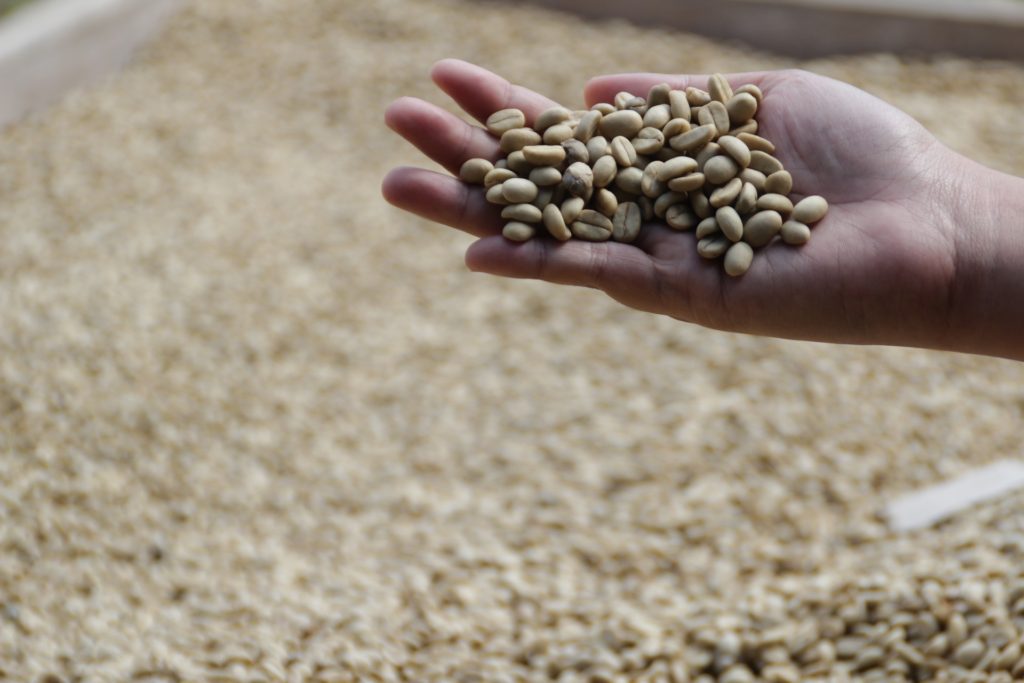
There is not much work or study done on this exquisite Asian coffee. In order to determine if the coffee is real kopi luwak, one website suggests to check out pictures of the farm or the processed coffee beans. But what are the odds you are receiving fake photos?
In 2013, a group of Indonesian and Japanese biotechnologists led by Sastia Prama Putri of the Department of Biotechnology of Osaka University in Japan developed the first chemical test that authenticates Asian palm civet cat coffee.
They ground 21 coffee varieties, including 7 varieties of kopi luwak, from Indonesia. Through gas chromatography and mass spectrometry, the flavor compounds of these coffee varieties were studied and analyzed.
What they interestingly found is that, the digested beans by civet cat did not modify significantly the caffeine, caffeic acid, and quinic acid, the compounds responsible for the coffee’s bitterness. Instead, the level of citric acid in the beans rose significantly, thanks to the work done by the gastric juices and enzymes in the civet cat’s gut. A further study of determining the levels of citric acid, together with malic acid, and the inositol or pyroglutamic acid, could be the key in separating the highly-valued real kopi luwak from regular coffee.
Have you every tried a cup of kopi luwak, the world’s most expensive coffee from Asia? How was it? Did you like the taste? Or are you planning to try one? Either way, share it by leaving a comment below 🙂

